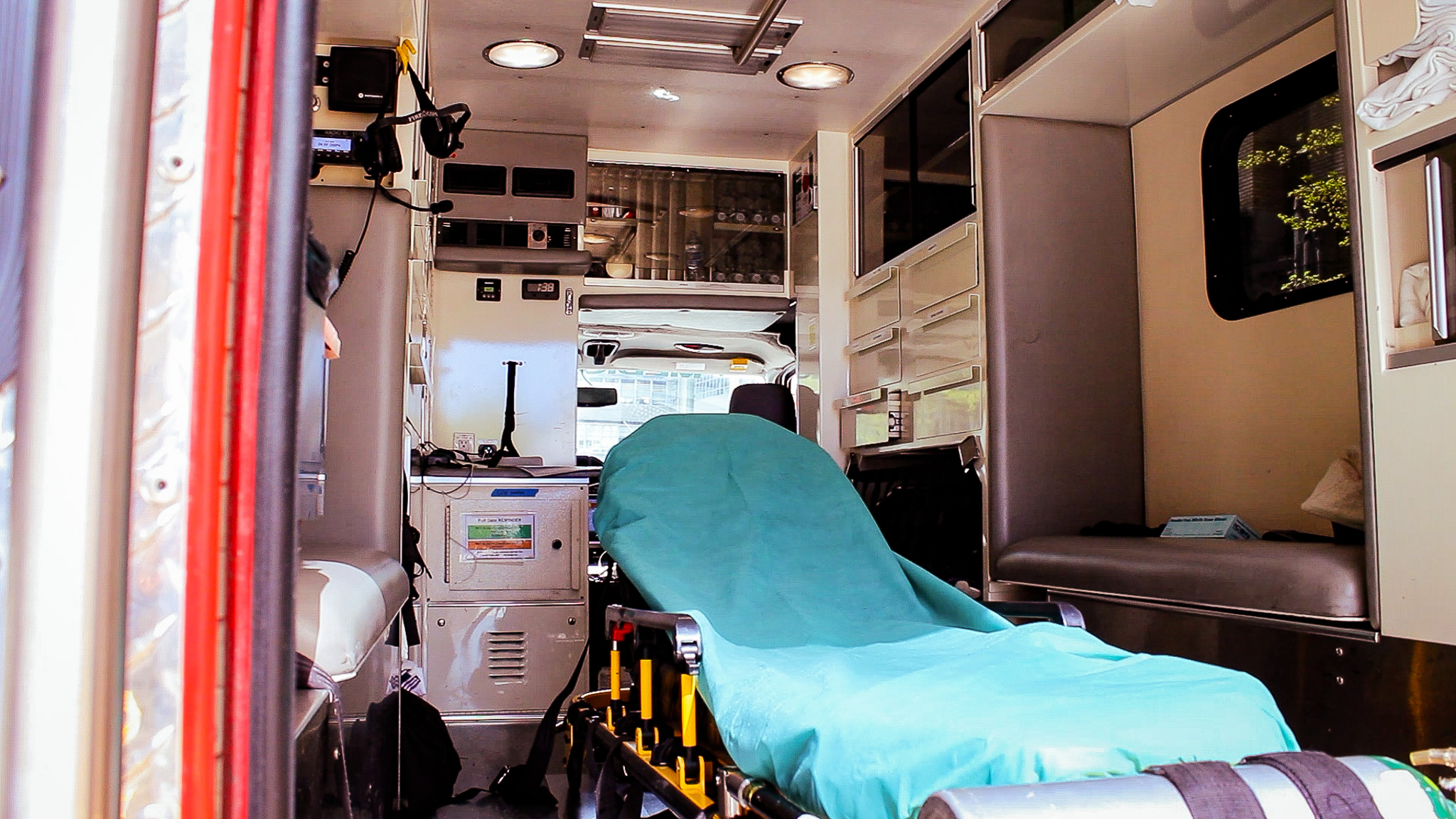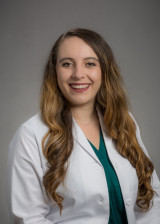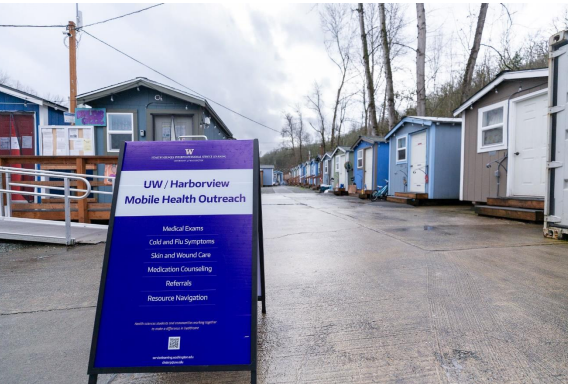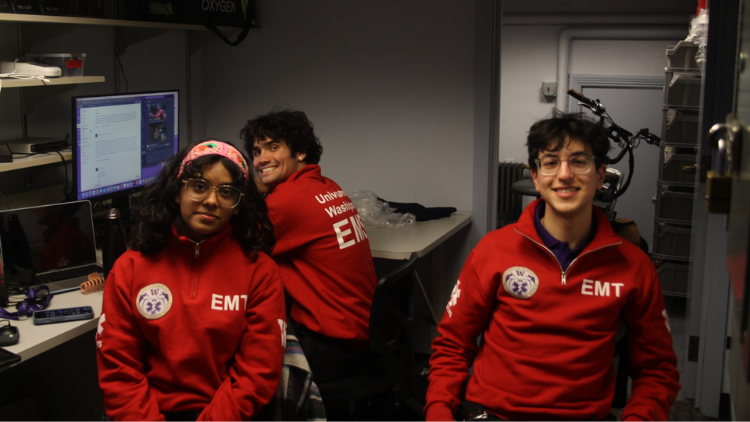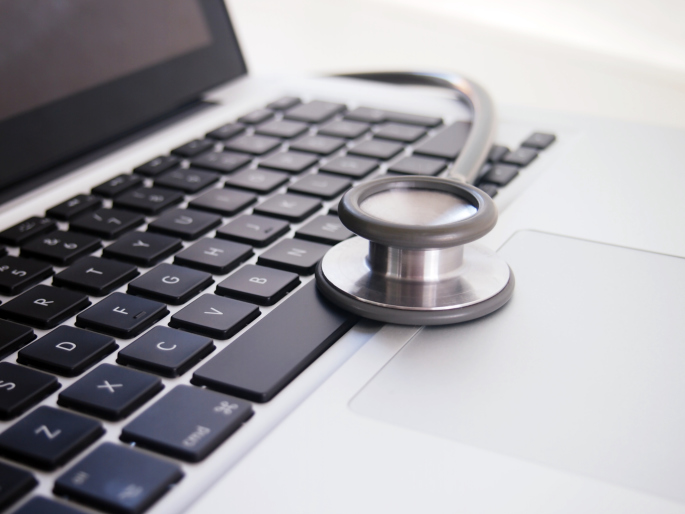
Saving Time and Money: Dr. Li to Evaluate Benefits of Telehealth on ED Utilization
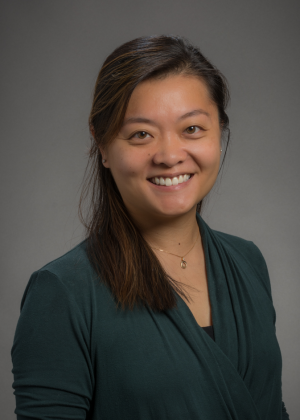
Telemedicine became highly utilized during the height of the COVID-19 pandemic, and now, Dr. Kathy Li with the Department of Emergency Medicine is evaluating if telemedicine can help overcrowding in the emergency department while cutting down costs.
Dr. Li was recently awarded the Value of Emergency Medicine grant from the Emergency Medicine Foundation (EMF). Dr. Li will serve as the Principal Investigator along with Co-investigators Edwin Wong of the UW Department of Health Systems and Population Health, and Anita Vashi with the VA Palo Alto Health Care System and the University of California San Francisco.
The $100,000 grant will allow Dr. Li and the team to evaluate a novel care model that is gradually being implemented within the VA, called tele-emergency care (tele-EC). The program allows veterans who call the nurse advice line for acute, unscheduled care concerns and who are recommended to seek same-day care, to potentially get that care virtually [instead of going to the ED]. Prior analysis of a pilot program showed that emergency department utilization was essentially cut in half with tele-EC in place.
However, as the program expands to more sites, a broader evaluation of tele-EC’s impact on the efficiency of acute care delivery and identification of an optimal staffing model is needed.
“A vast majority of people would agree that telemedicine is here to stay,” said Dr. Li. “Now, it's a matter of finding what is the right amount of telemedicine. Once we finish our evaluation, it could give the VA the data to encourage more people to call first if they’re not sure they need to go to the ED. They could say, ‘we might be able to save you an ED visit and travel time and still get you the care that you need and do it in a safe way.’ It's not just saving the VA money. It's really benefiting veterans and improving their access to care.”
Dr. Li said she saw the benefits of having tele-emergency care firsthand during the pilot program she was a part of in Ann Arbor, Michigan. On average, each tele-EC call saved $248 through decreased ED utilization. Dr. Li noted that the number would fluctuate depending on the emergency department.
The team hopes their findings will show that having tele-emergency care in place will help ease the burden on the emergency department by intercepting lower acuity cases. But it's not only to address calls for coughs or colds. Dr. Li said she was surprised at the scope of care that could be given with tele-EC during the pilot program.
“Chest pain, belly pain, back pain, all these things that you might not think would be amenable to telemedicine, at least in our pilot study when we looked at kind of the range of complaints,” said Dr. Lil. “We actually did see that over 40% of chest pain complaints were resolved by the tele-emergency care visit. And it decreased ED utilization for chest pain. I was impressed and surprised by what you can use telemedicine for.”
Dr. Li and the team will have until June 2024 to complete the EMF study. She has connected with the UW Medicine Chief Population Health Office on this work and the possibility of piloting such a program within UW Medicine. While this is an exploratory discussion at this point, Dr. Li has said this model can be applied beyond the VA.
“This certainly does not just have implications for the VA. My thought is, ‘Great it works in the VA model, how do we make it work for everybody else?' Our physical emergency department only has so much space to see patients and if it gets really backed up, patients wait for hours and hours," said Dr. Li. "But if a subset of those patients have concerns that could be addressed with telemedicine, you could scale up a virtual arm of the emergency department much more easily.”




